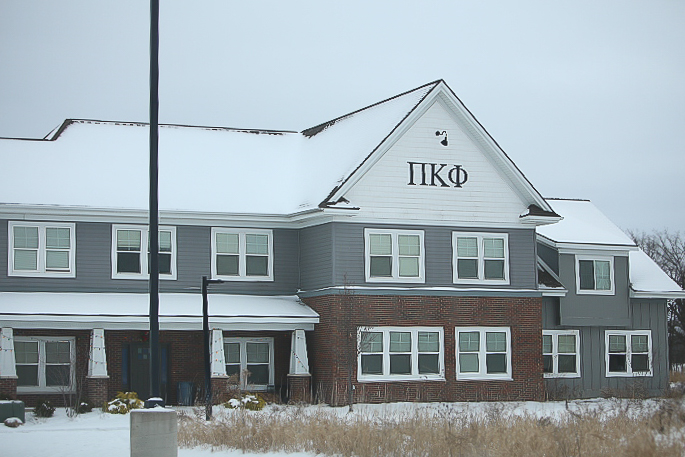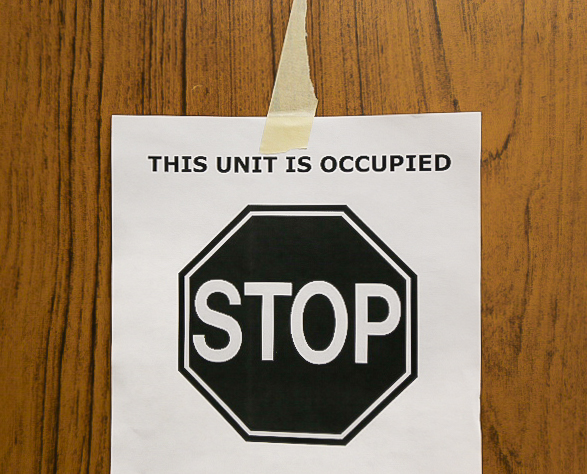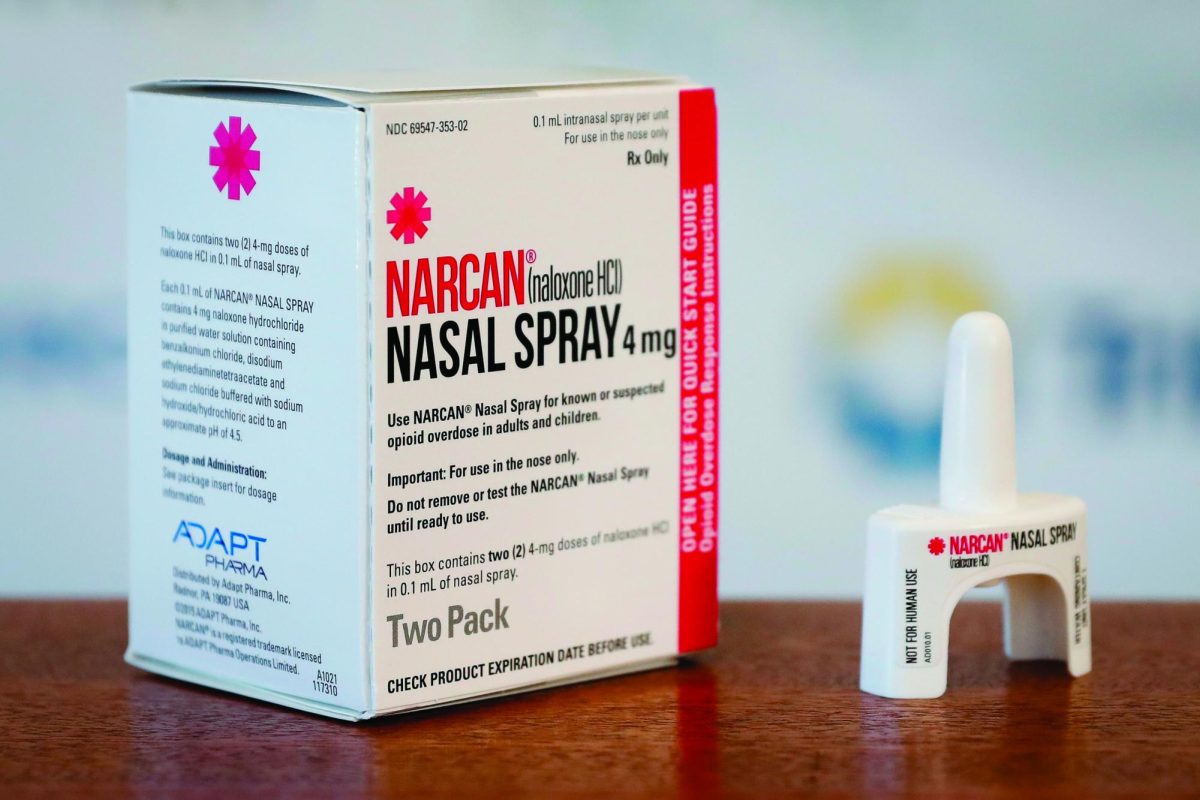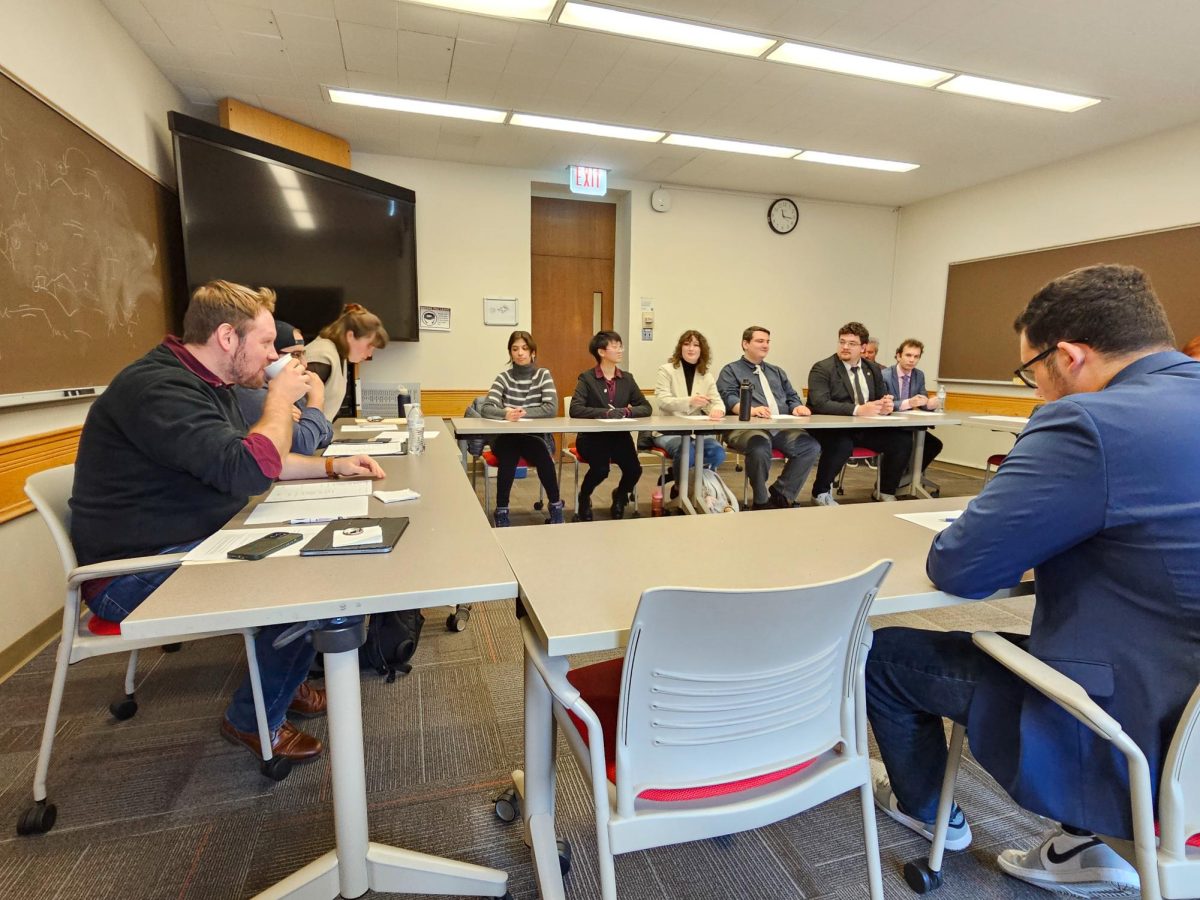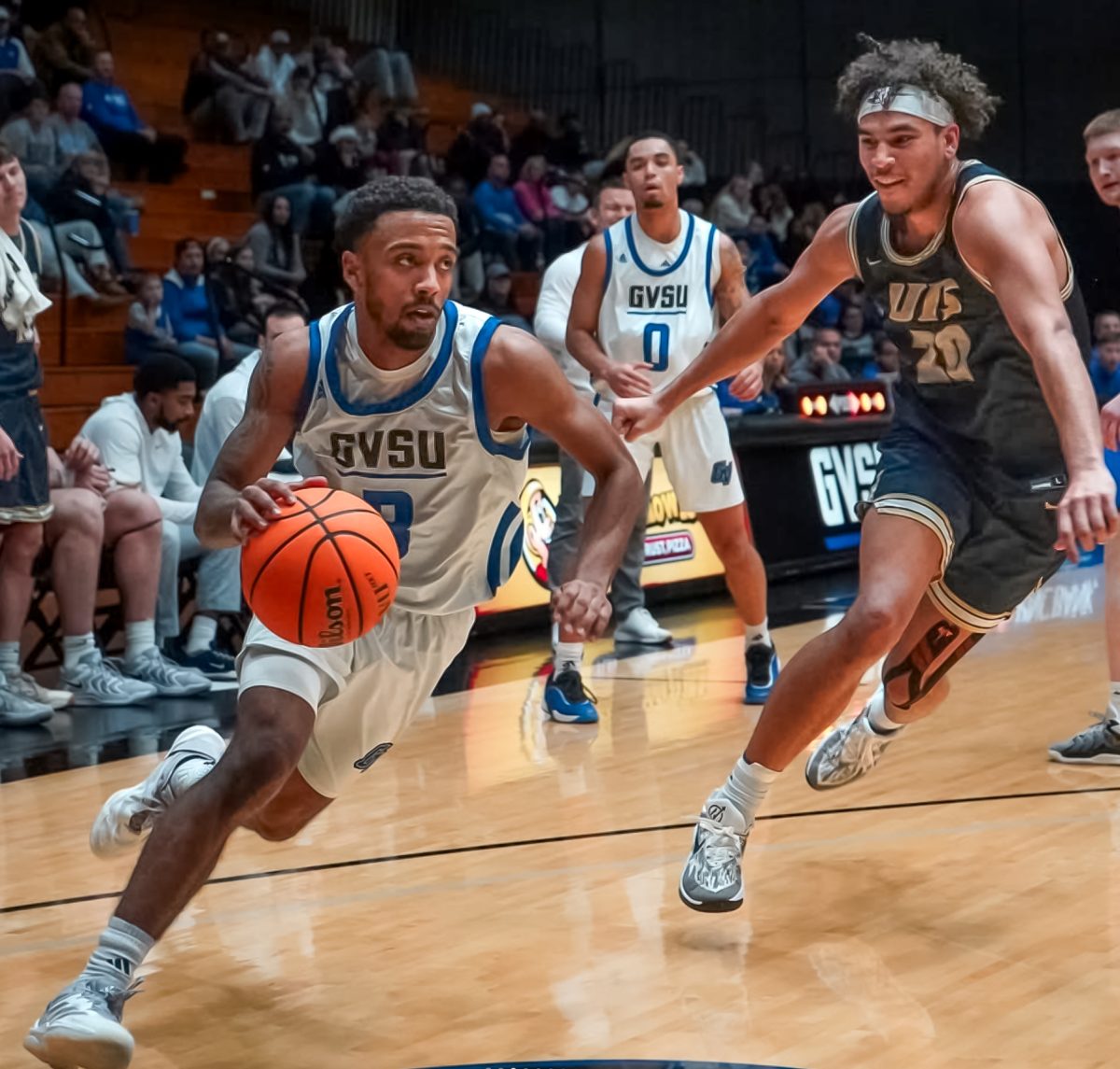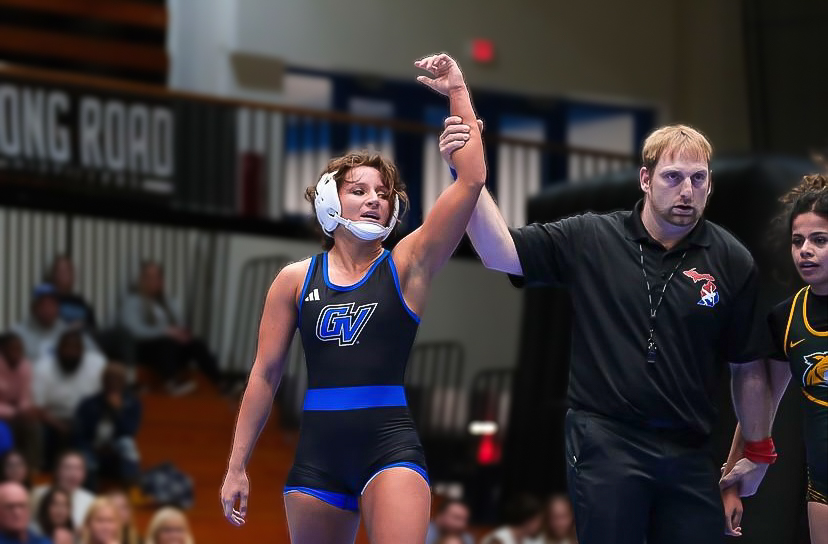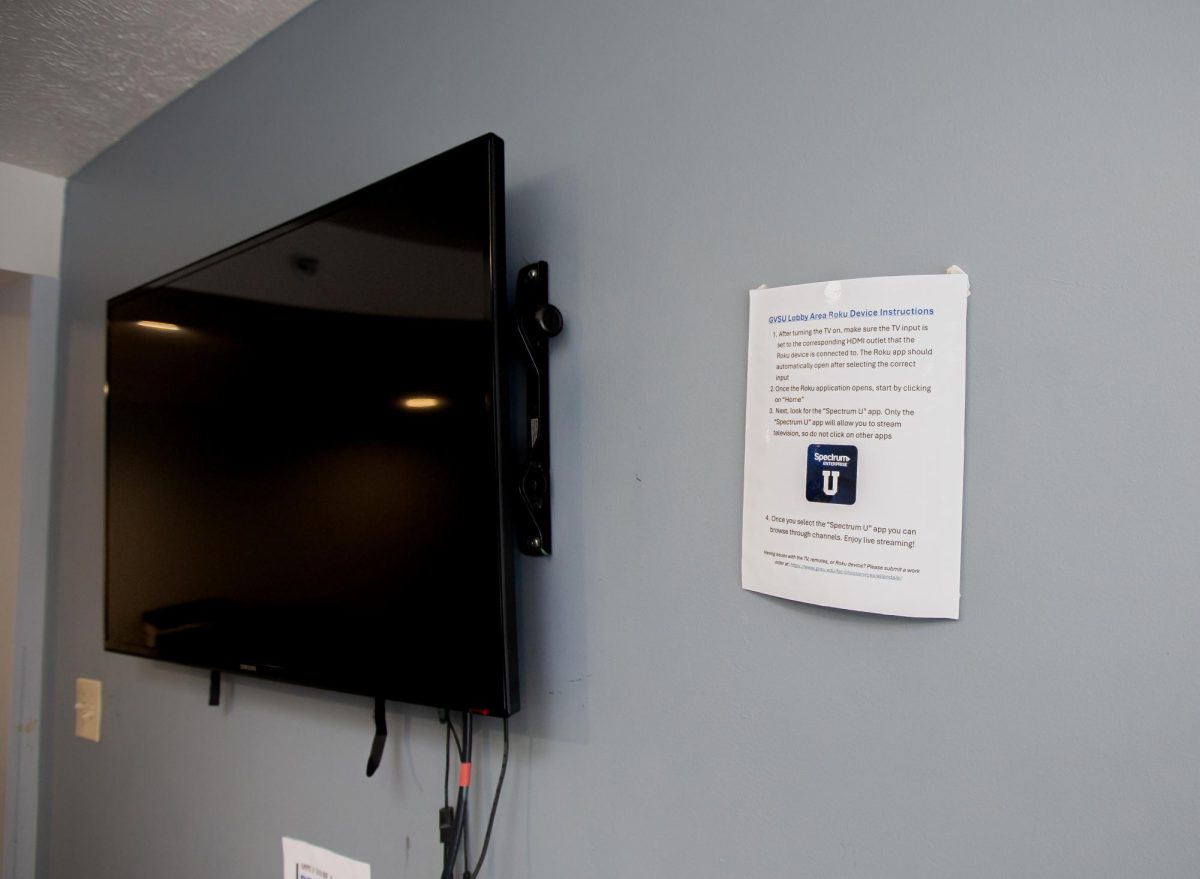Column: GVSU men’s basketball needs to win tight games to enter GLIAC tournament
GVL / Kevin Sielaff – Darren Kapustka (3) drives the ball in on net. The Lakers defeat the Chargers of Hillsdale College Saturday, Jan. 30, 2016 in Allendale.
Feb 4, 2016
In the midst of a three-game losing streak, the Grand Valley State men’s basketball team is in a crucial one-on-one battle with the fate of its season.
The Lakers (14-7, 8-7 GLIAC) are stuck in the marathon pack that is the GLIAC North, and, though the gun has long sounded to start the season, GVSU hasn’t been able to shoulder its way to the front of the race.
Last season, GVSU uncharacteristically fell short of the postseason GLIAC tournament. Though much improved in 2015-16, the Lakers are acutely aware of suffering the same finish as the regular season winds down.
Eight teams make the GLIAC tournament. The top three from both the GLIAC North and the GLIAC South divisions receive automatic invites based on the teams’ record in conference play. The final two teams come from wildcard slots, in which the two remaining teams with the best conference records, regardless of division, garner a slot in the tournament.
If the season ended today, GVSU would be in the tournament. I could go into all the scenarios needed for the Lakers to secure a spot in the tournament, along with schedule analysis of nearly every team in the GLIAC, but that’s boring and tedious, so I’ll spare you.
Following a home loss to Hillsdale on Jan. 30, GVSU head coach Ric Wesley acknowledged that this year’s GLIAC may be the toughest he’s coached in during his 12-year Laker tenure. GVSU has lost to the big dogs of the GLIAC North – Saginaw Valley State, Ferris State and Lake Superior State – by an average of seven points per game, in contests that were, quite frankly, closer than they sound.
But a loss is a loss, and every loss weighs a little bit heavier on the Lakers. Sticking around with the top guns isn’t enough, GVSU must knock a few off in the final seven games of the season if it wants to hit the GLIAC tournament.
The 2015-16 Lakers remind me, to an extent, of the 2003-04 Detroit Pistons squad in terms of team make-up. Both teams stressed defense first, and neither team had a true superstar, but rather a host of strong offensive options.
For better or for worse, that’s the Lakers this season. Members of the “for better” camp would stress that GVSU ranks second in the GLIAC in points allowed at 66.2 points per game.
The “for worse” camp would point out that GVSU’s leading scorer, junior Luke Ryskamp is dropping 13.4 point per game, good for just 24th-best in the league. Every other team in the GLIAC has at least one scorer with more points per game than Ryskamp.
Is this a bad thing? Not necessarily. The Lakers can count on at least 10 points a night from Ryskamp, Aaron Hayes and Chaz Rollins. Junior Trevin Alexander and senior Ricardo Carbajal are rarely, if ever, kept off the scoreboard. GVSU doesn’t have a go-to scorer, which provides matchup problems for any team with even one liability on defense. Every Laker can score.
But when it comes down to crunch time, who do the Lakers go to? Late in the Jan. 30 game against Hillsdale, Ryskamp demanded the ball and created the bulk of GVSU’s offense. In the 74-71 loss to Ferris State on Feb. 1, Hayes took the final shot, which didn’t fall.
Hayes is GVSU’s most dynamic option, and, though he isn’t the best shooter on the team (.370 shooting percentage on 3-pointers), he loves to slash toward the rim and has a penchant for drawing fouls.
Ryskamp is often good for a triple, as is freshman arc-anchor Zach West. The question isn’t if the Lakers have a finisher, the question is who?
GVSU doesn’t need a Chauncey Billups, but, in the near future, someone may just have to be Mr. Big Shot.
If the Lakers get into the tournament, the field is wide open. Even if the Lakers don’t get into the tournament, the field is still wide open. The GLIAC is so equally difficult that all eight tournament teams will have a legitimate shot at winning the title. It’s simply a matter of getting there.






